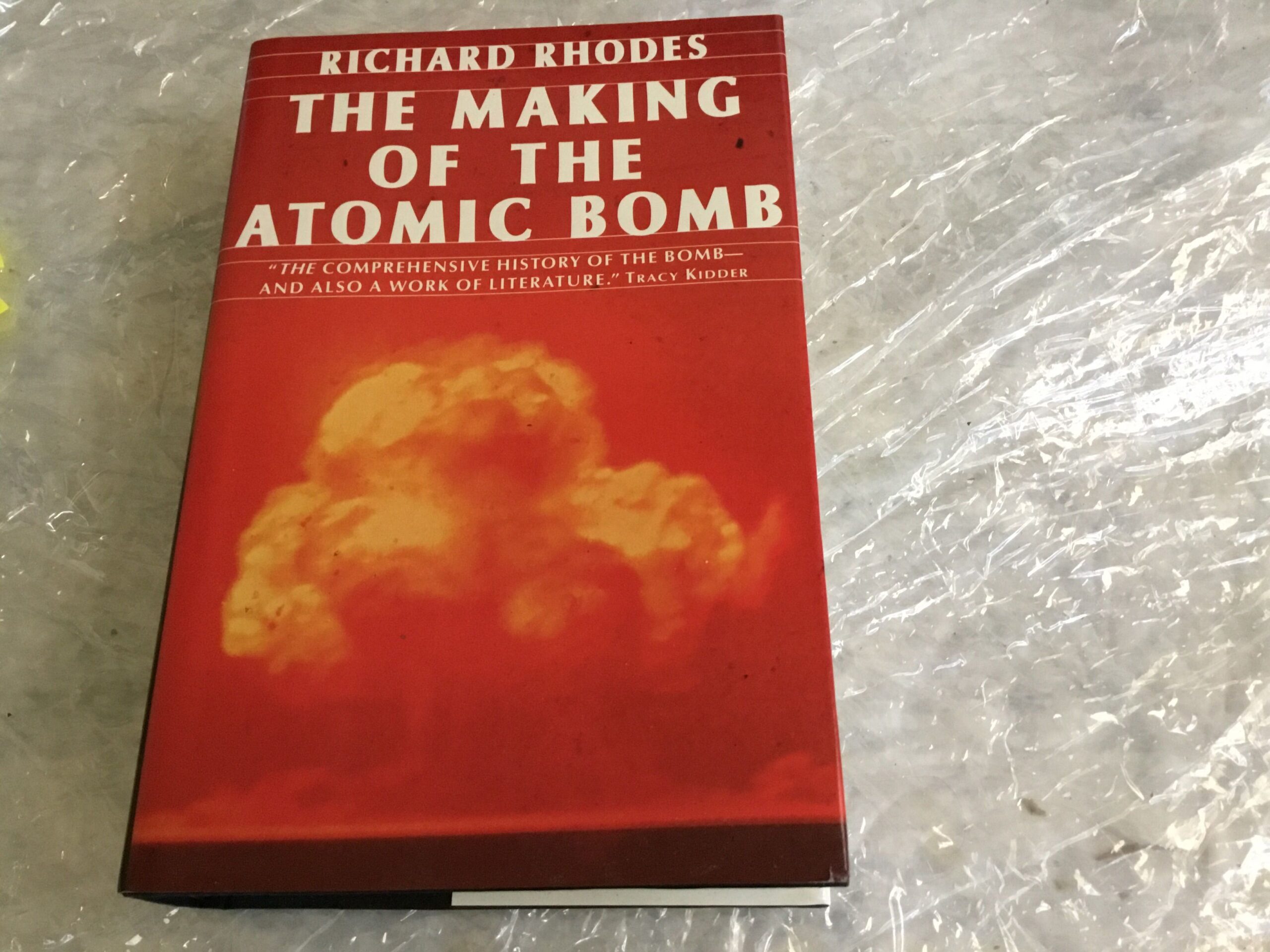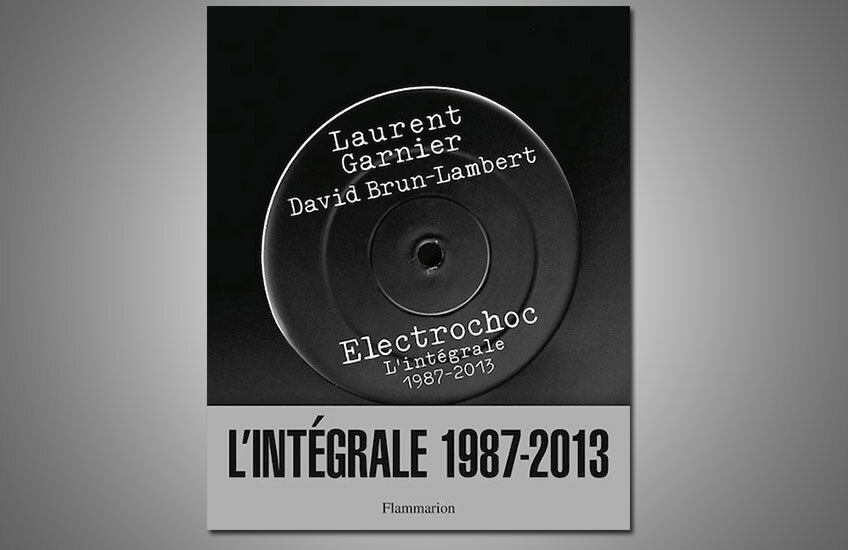Whatever happens to life on Earth, the Moon has always played and will play a certain role in it: sometimes scanty, sometimes secondary, and sometimes very important. The “reputation” of the Moon in the eyes of earthlings has always been very unstable and depended both on scientific discoveries and on many much more mundane things. This difficult story (both the history of the Moon itself and the history of human relations with it) is the subject of a book by British journalist and writer Oliver Morton, about which Aren Vanyan talks as part of the joint project of Gorky and the Enlightener.
Since the Victorian era, scientific exploration of the moon has fueled technological progress. This connection is well described by Jules Verne’s science fiction novel “From Earth to the Moon in a Direct Way in 97 Hours and 20 Minutes” – the first novel in which researchers are more interested in technologies that allow to get to the Moon than it is. Morton develops a similar idea: technologies that can connect the Earth with the Moon are often more interesting for people than the Moon itself. This was the case at the end of World War II, when the United States, Great Britain and the USSR seized Nazi military equipment (in particular, the V-2 rocket and its creators) – the technologies used in it formed the basis for the development of future intercontinental ballistic missiles (for example, the family Soviet R-7 launch vehicles, which first launched an artificial satellite and a man into orbit, and also made it possible to take the first pictures of the far side of the Moon). And the most striking example from today is the triumph of private entrepreneurship in the creation of space technologies (for example, the Falcon family of reusable launch vehicles) and, as a result, the revival of interest in the lunar program (for example, from NASA, which organizes tenders for companies for delivery of goods to the moon).
And of course, the political aspect. The scientific research of the Moon and the technological progress associated with it – all this, among other things, is also a reflection of the industrial power of states and their ideologies. Here Morton singles out the post-war space race between the USA and the USSR, as well as the 21st century, when China joined this race. In 2003, there was launched a long-term program to explore the moon “Chang’e” – in contrast to NASA, which relies on private corporations, and other participants in the space race – Russia, India, Israel, Canada and the United Arab Emirates.
For Morton, all of the above remains only an addition to another story, to a personal story, to a story that predetermined his scientific interests, and also motivated him to write this book.



